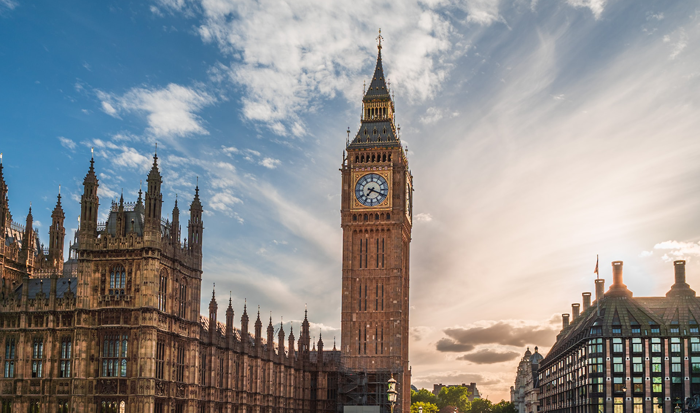What impact does the changes in financial legislation have on you?
2nd May 2023
As you are doubtless aware, there has been a lot of changes to the legislation to do with financial planning in the last 12 months. Some of it is straightforward and easy to understand, while some are more subtle and requires more interpretation.

What is certain however that all these combined changes means that your financial planning is even more complex than it was than before. As a result, we are going to run a series of article that going into more detail about the following topics over the next few months:
· Pension rules
· Capital Gains Tax
· Inheritance Tax
· ISA allowances
For each topic, we’ll outline the changes and what it potentially means to your financial plans.
Pension Rules
In our first article about pensions, we’re going to explore the recent changes to the annual pension allowance, the removal of the removal of the lifetime pension allowance charge and some of the other smaller changes to the pension rules.
Payment into pensions if you have drawn benefits
Usually, if you start to take money from ‘defined contribution’ pensions, the amount you can pay back in and still get tax relief on reduces drastically. This is designed to prevent people from earning tax relief twice, which comes at a cost to the Government.
This limit, known as the ‘money purchase annual allowance’, is currently £4,000 a year, but the Chancellor announced this will rise to £10,000 a year from 6 April 2023. This will apply when you’ve started to draw an income from your pension via a drawdown plan
However, there are ways in which you can take money out of your pension and not trigger the money purchase allowance:
If you take out your 25% tax-free lump sum and use the remainder of your pension savings to buy an annuity.
If you take out your 25% tax-free lump sum and start a drawdown plan, but don’t take an income from it.
You cash in a ‘small pot’, which is a pension worth £10,000 or less.
You take an unlimited amount from a defined benefit, or ‘final salary’, pension.
Pension Annual allowance
Currently, the most you can normally save into private pension pots in one tax year before you start paying tax is £40,000. This is known as the ‘pensions annual allowance’.
The Government has confirmed that this allowance will rise by £20,000 to £60,000 from 6 April 2023.
You can only receive tax relief on up to 100% of your earnings below the annual threshold. This may include earnings from your wages or taxable benefits
If you’re a very high earner, the annual allowance reduces, or ‘tapers’, though the amount you can earn before the taper applies is being increased, from £240,000 to £260,000. For every £2 you earn above the threshold, your annual allowance reduces by £1 until it reaches a floor of £10,000 (for those with an annual income of £320,000 or more).
For those with ‘defined benefit’, or ‘final salary’, pensions, the annual allowance is more complicated, as these pensions are designed to give you a guaranteed income for life. To work out your annual allowance each year, your pension provider has to calculate:
How much retirement income your pension could have provided at the start of the tax year.
How much it could provide at the end of the tax year.
The difference between these two numbers is how much you have contributed to the pension and so comes out of your annual allowance.
Lifetime allowance rules
There is currently a limit on how much you can build up in pension benefits over your lifetime, while still enjoying the full tax benefits. This limit is known as the ‘lifetime allowance’ (LTA).
The LTA is currently £1,073,100 and was supposed to be frozen at this level until the 2025/26 tax year.
However, the Government has now said the LTA will be completely abolished from 6 April 2024, meaning there will be no cap on how much you can build up in pension benefits while continuing to get tax relief.
The separate ‘lifetime allowance charge’ will be scrapped from 6 April 2023. This currently sees a 55% fee applied to any amount taken as a lump sum above £1,073,100, or 25% is charged if you take any amount above the lifetime allowance as income.
Despite this, the amount you can take as a tax-free lump sum will be capped – at £268,275. This is the maximum you can get under the current LTA of £1,073,100.
By highlighting the above it will help to understand what impact they will have on your retirement plans.
Here’s the links to all four articles:
* The value of an investment may go down as well as up, and you may get back less than you originally invested.
If you are interested in learning about what makes RobMac different and think that we can help, then please get in touch. If you would like to discuss your financial position, you can arrange to meet online with one of our financial advisers by scheduling a meeting here >>



